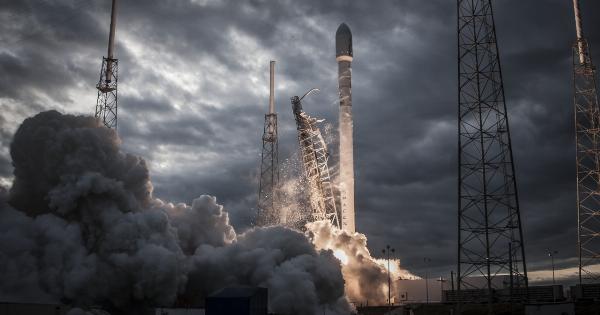Artificial intelligence (AI) has made significant progress over the years and has been widely used in various fields such as medicine, education, finance, and many more.
In healthcare, AI has shown great promise in assisting clinicians and specialists in the diagnosis and treatment of various diseases. One of the areas that AI has been successfully applied to is cancer diagnosis. In this article, we will explore how AI is being used for cancer diagnosis and the benefits of using this technology in medical practice.
What is Cancer?
Cancer is a disease that begins in cells, where abnormal cells grow out of control and form lumps or masses known as tumors.
Cancer can occur in any part of the body and can spread to other parts, making it a life-threatening disease if not detected and treated early. Cancer can be diagnosed using techniques such as imaging tests, biopsies, and blood tests, but these methods are often time-consuming and can produce inaccurate results.
How AI is Used for Cancer Diagnosis
AI has been revolutionary in the field of cancer diagnosis by providing accurate and efficient results. One of the ways AI is used to diagnose cancer is through machine learning algorithms.
Machine learning algorithms can analyze large amounts of data and patterns to make accurate predictions. This technology has been used in conjunction with imaging techniques such as X-rays, CT scans, and MRI to aid radiologists in the detection of tumors.
AI has also been used in pathology to analyze biopsy samples. Pathologists can be assisted by AI-powered tools that can quickly analyze samples and detect cancerous cells with high accuracy.
AI-assisted pathology has been shown to reduce the time required for analysis and increase the accuracy of diagnoses.
Benefits of AI in Cancer Diagnosis
There are numerous benefits of using AI for cancer diagnosis. Some of these benefits include:.
Accuracy
AI technology is highly accurate in detecting even the smallest tumors that may be missed by other diagnostic methods. This means that patients can receive early diagnoses and begin treatment promptly, which can increase the chances of survival.
Speed
AI can provide results quickly, which is crucial in cancer diagnosis. Early detection of cancer is critical, and AI technology can provide results almost instantly.
Efficiency
AI can analyze large amounts of data in a shorter time, which can reduce the workload of clinicians and specialists and allow for more accurate and timely diagnoses.
Cost-Effective
AI technology can help reduce the cost of cancer diagnosis by reducing the amount of time required for diagnosis and improving accuracy. This can lead to lower healthcare costs for patients and healthcare providers.
Challenges of AI in Cancer Diagnosis
Despite the many benefits of AI in cancer diagnosis, there are still some challenges that need to be addressed. One of the significant obstacles is the lack of data.
AI requires significant amounts of data to make accurate predictions, and a lack of data can lead to inaccurate diagnoses. Additionally, there are still many types of cancers that have not been adequately researched, making it difficult for AI to diagnose them accurately.
The Future of AI in Cancer Diagnosis
The use of AI in cancer diagnosis is still in its early stages, and there is much potential for its future development.
AI algorithms can be improved with more data, and as more cancer types are studied, AI will become more effective in detecting and diagnosing cancer. In the future, AI may be used not only in the initial diagnosis of cancer but also in monitoring the progress of treatment and predicting patient outcomes.
Conclusion
AI has the potential to revolutionize the way cancer is diagnosed, providing accurate, timely, and cost-effective diagnoses. However, there are still challenges that need to be addressed, such as the lack of data.
With continued research and development in this field, AI can become an essential tool for the early detection and treatment of cancer.





























